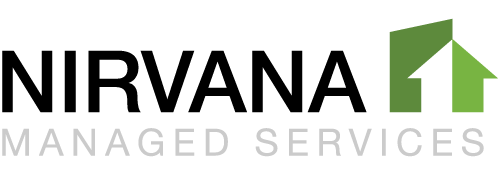Introduction
The aftermath of incidents and accidents involving sharps certainly put health and safety at risk, as well as environmental pollution. This guide provides an in-depth analysis of the Sharps clean up, safe disposal and contamination procedures for property owners in the UK. It highlights key actions that need to be taken and pinpoints area-specific regulations every property owner should be aware of. Incorporating the information featured in this comprehensive guide will help prevent health issues and fines while promoting an environment-conscious atmosphere on properties.
Unmasking the Aftermath: Sharps and the Inherent Risks
If not handled correctly, Sharps, such as needles and scalpels, which are primary waste products in the medical field, can be a source of significant health and safety concerns. Left unattended, they may cause injury or transmit infections such as HIV and Hepatitis. According to the NHS, there are over 40,000 annual sharps injuries in the UK[1]. These statistics underpin the importance of effectively managing Sharps aftermath on properties.
Sharps Clean Up: Best Practices and Procedures
Instead of handling Sharps directly, protective equipment should be used. This includes the adoption of puncture-resistant gloves and forceps. Sharps should immediately be placed in a designated sharps container to avoid any accidental injuries or exposure. According to UK regulation, these containers must be constructed to BS EN ISO 23907:2012 standards[2].
Safe Disposal of Sharps: Procedures and Disposal Points
Proper disposal of Sharps is required by UK law. After placing Sharps in a designated container, one can’t simply throw them in regular rubbish bins. Instead, they should be taken to an authorized disposal point, such as a hospital, pharmacy, or GP surgery. The UK government provides detailed instructions on what to do in their waste disposal guidelines[3].
Decontamination: Making Your Property Safe again
After a Sharps incident, a thorough decontamination is a necessary step. This process involves removing all contaminated materials and disinfecting the area. In serious cases where large volumes of Sharps are involved, professionals should be called. The UK Environment Agency provides approved lists of waste carriers, brokers, and dealers for this purpose[4].
Conclusion
Sharps clean up, safe disposal, and decontamination aren’t topics to be taken lightly by UK property owners. An effective understanding and implementation of techniques in this guide can avert injuries, avoid fines and infections, while promoting the longevity and safety of our environment.
Frequently Asked Questions
What is a sharps injury, and how can it be prevented?
What are the regulations for sharps disposal in the UK?
If one picks sharps waste directly, how harmful can it be?
What are the proper ways to clean up after a sharps incident?
What is the process for a comprehensive decontamination of a property after a sharps incident?
References
[1] NHS. (2019). “Sharps injuries: the health and financial costs”. NHS Health at Work Network. Link
[2] British Standards Institution. (2012). “BS EN ISO 23907:2012 Sharps Injury Protection—Requirements and Test Methods—Sharps Containers”. BSI. Link
[3] UK Government. (2020). “Safe management of healthcare waste”. UK Gov. Link
[4] Environment Agency. (2020). “Find a registered waste carrier”. Environment Agency. Link




